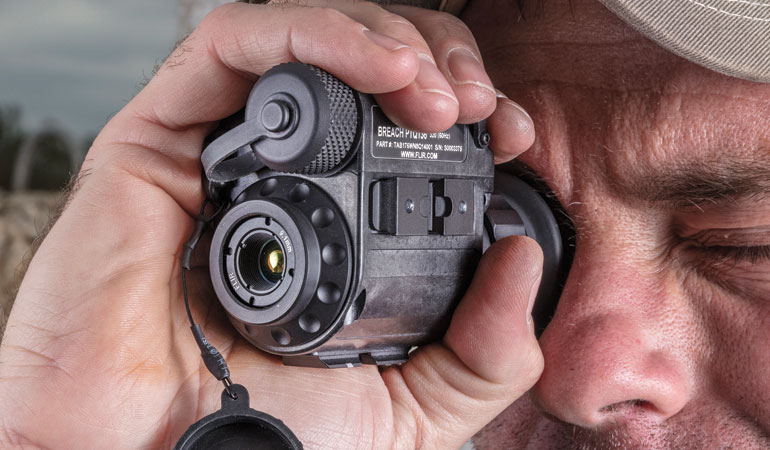
Thermal scopes evolve much like a computer or cell phone. At a recent FLIR Systems, Inc. media event, one of its employees highlighted just how significant the field of thermal optics has improved over the last 10 years. He pointed out that the FLIR One (a cell phone attachment that retails for $200) had better capability than an old thermal riflescope that cost $15,000 only a decade prior. That quickly got my, and other attendees, attention.
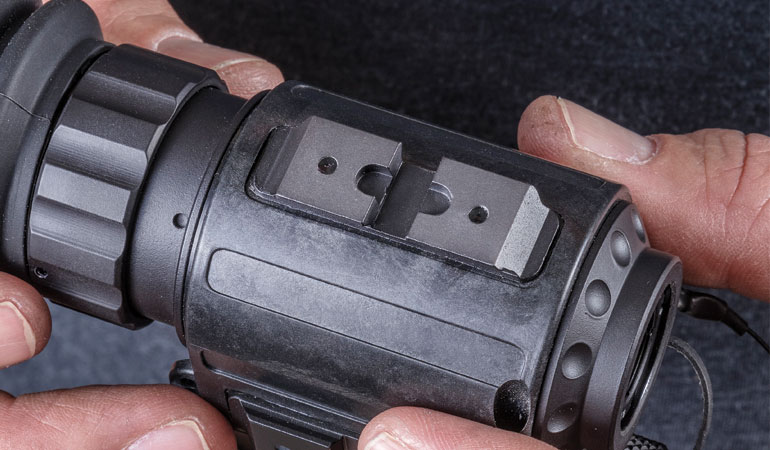
FLIR System’s latest thermal monocular designed for both law enforcement and civilian use is the Breach PTQ136. The Breach is one of the company’s smallest and lightest handheld or helmet-mounted thermal device. The infra-red (IR) unit features FLIR’s latest circuitry featuring 12-micron pixels that give the unit its excellent resolution.
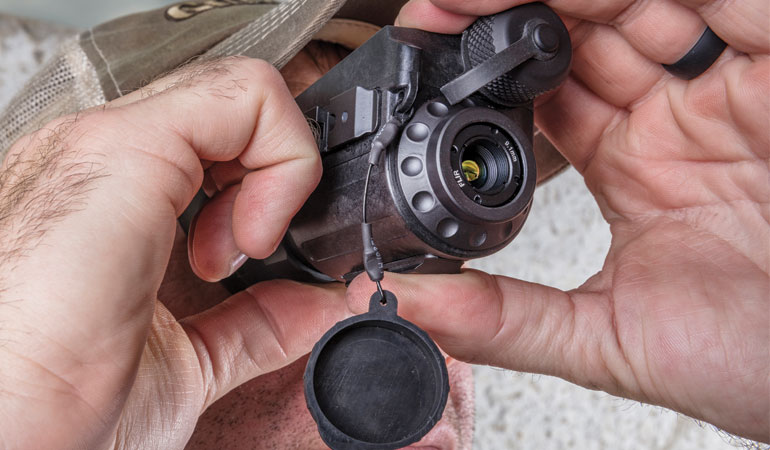
Looking through a thermal used to yield blobs recognizable only by their general shape. Now, the Breach allows the user to identify people by body type, haircut, to an extent, facial features. The resolution is simply incredible.
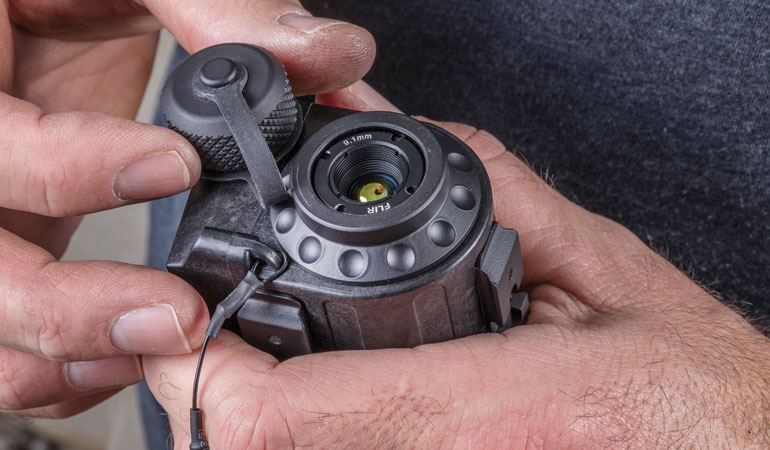
During the event, I used the Breach to locate small stuffed animals that had handwarmers stuffed inside. In a daylight exercise, even though the stuffed animals were hidden in trees and bushes, they were still easy to locate. Finding them with the naked eye would have been nearly impossible.
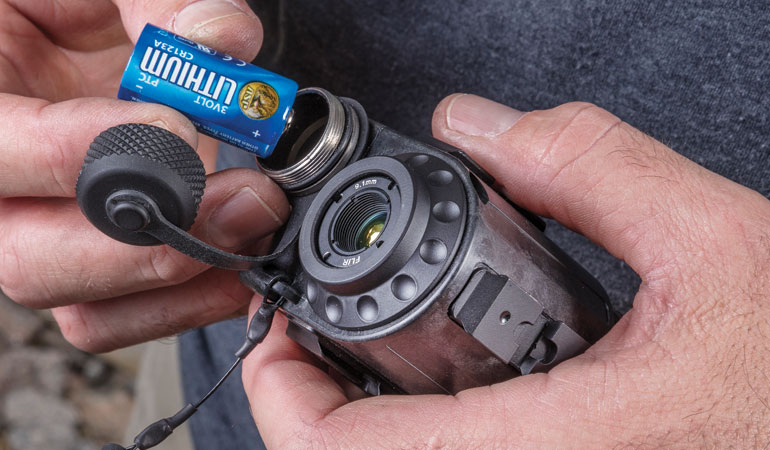
However, nighttime is where the Breach really shines, especially when compared to traditional night-vision systems (image intensifiers). Night vision goggles (NVGs) haven’t evolved very rapidly and will never be much cheaper than they are now. NVGs utilize image intensifier tubes, whose manufacture is an extremely costly and complicated process. NVGs have always been expensive and will remain so for the foreseeable future.
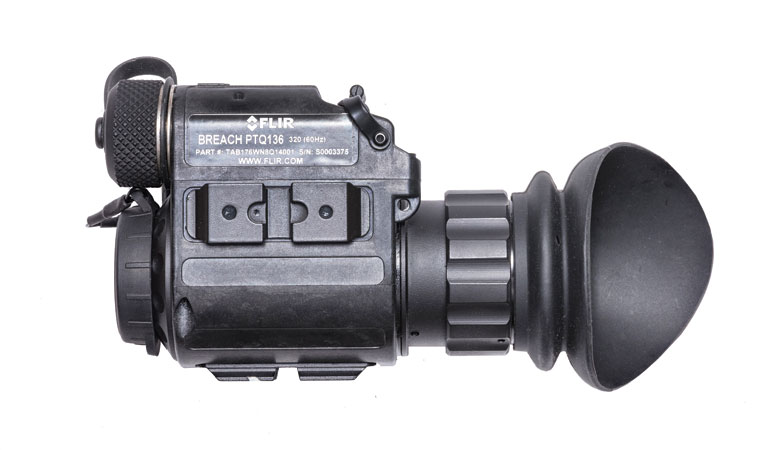
Thermals, on the other hand, use sensors and circuitry and improve rapidly.

